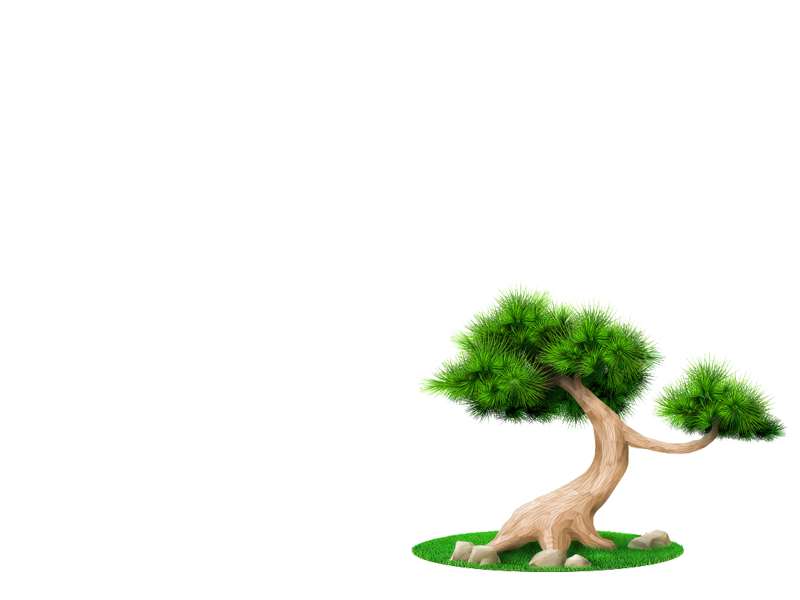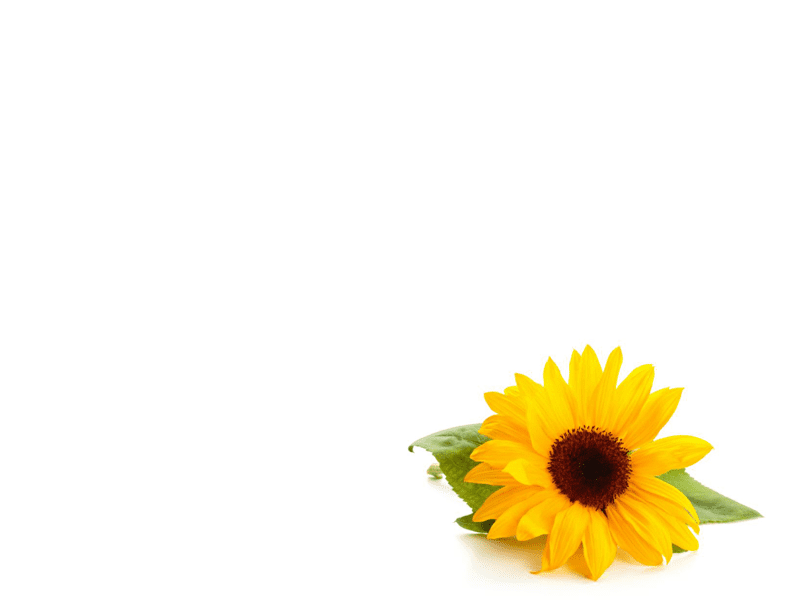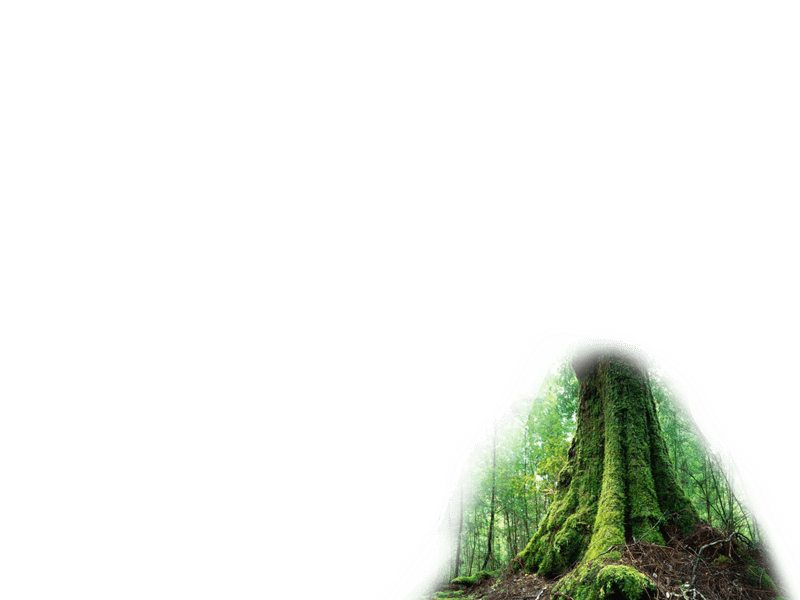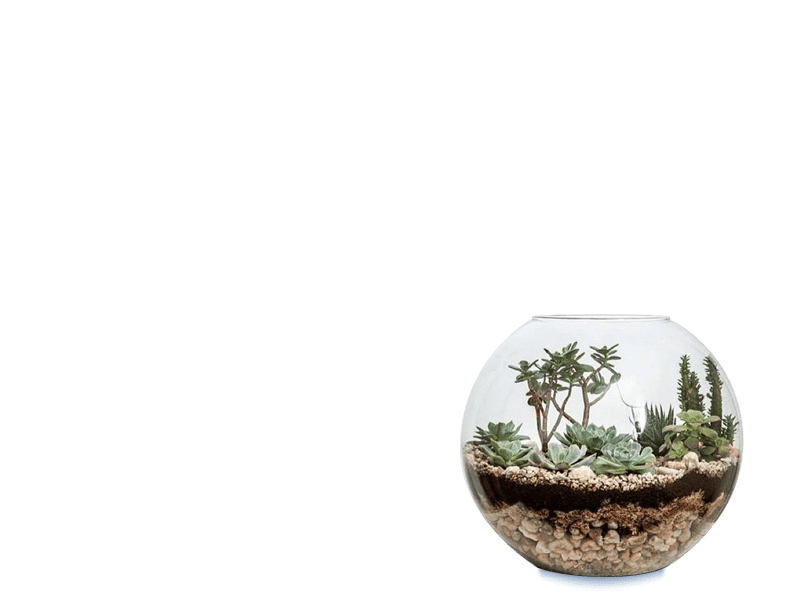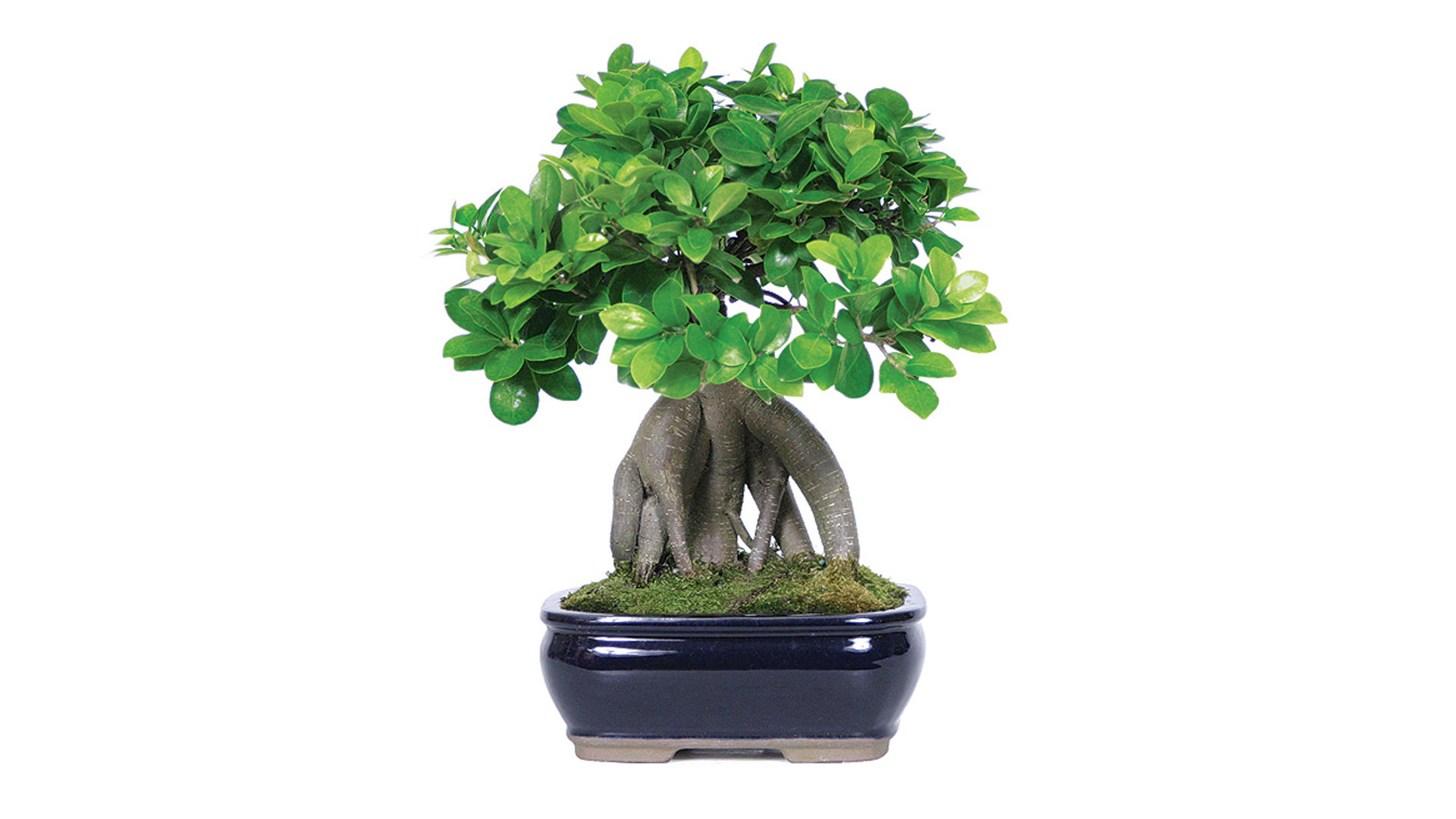No products in the cart.
Bonsai Containers or Pots
A variety of informal bonsai containers or bonsai pots may house the bonsai during its development, and even trees that have been formally planted in a bonsai pot may be returned to growing boxes from time to time. A large growing box can house several bonsai and provide a great volume of soil per tree to encourage root growth. A training box will have a single specimen, and a smaller volume of soil that helps condition the bonsai to the eventual size and shape of the formal bonsai container. There are no aesthetic guidelines for these development containers, and they may be of any material, size, and shape that suit the grower.
Completed trees are grown in formal bonsai containers. These containers are usually ceramic pots, which come in a variety of shapes and colors and may be glazed or unglazed. Unlike many common plant containers, bonsai pots have drainage holes in the bottom surface to complement fast-draining bonsai soil, allowing excess water to escape the pot. Growers cover the holes with a screening to prevent soil from falling out and to hinder pests from entering the pots from below. Pots usually have vertical sides, so that the tree’s root mass can easily be removed for inspection, pruning, and replanting, although this is a practical consideration and other container shapes are acceptable.
There are alternatives to the conventional ceramic pot. Multi-tree bonsai may be created atop a fairly flat slab of rock, with the soil mounded above the rock surface and the trees planted within the raised soil. In recent times, bonsai creators have also begun to fabricate rock-like slabs from raw materials including concrete and glass-reinforced plastic. Such constructed surfaces can be made much lighter than solid rock, can include depressions or pockets for additional soil, and can be designed for drainage of water, all characteristics difficult to achieve with solid rock slabs. Other unconventional containers can also be used, but in formal bonsai display and competitions in Japan, the ceramic bonsai pot is the most common container.
For bonsai being shown formally in their completed state, pot shape, color, and size are chosen to complement the tree as a picture frame is chosen to complement a painting. In general, containers with straight sides and sharp corners are used for formally shaped plants, while oval or round containers are used for plants with informal designs. Many aesthetic guidelines affect the selection of pot finish and color. For example, evergreen bonsai are often placed in unglazed pots, while deciduous trees usually appear in glazed pots. Pots are also distinguished by their size. The overall design of the bonsai tree, the thickness of its trunk, and its height are considered when determining the size of a suitable pot.
Some pots are highly collectible, like ancient Chinese or Japanese pots made in regions with experienced pot makers such as Tokoname, Japan, or Yixing, China. Today many potters worldwide produce pots for bonsai.

